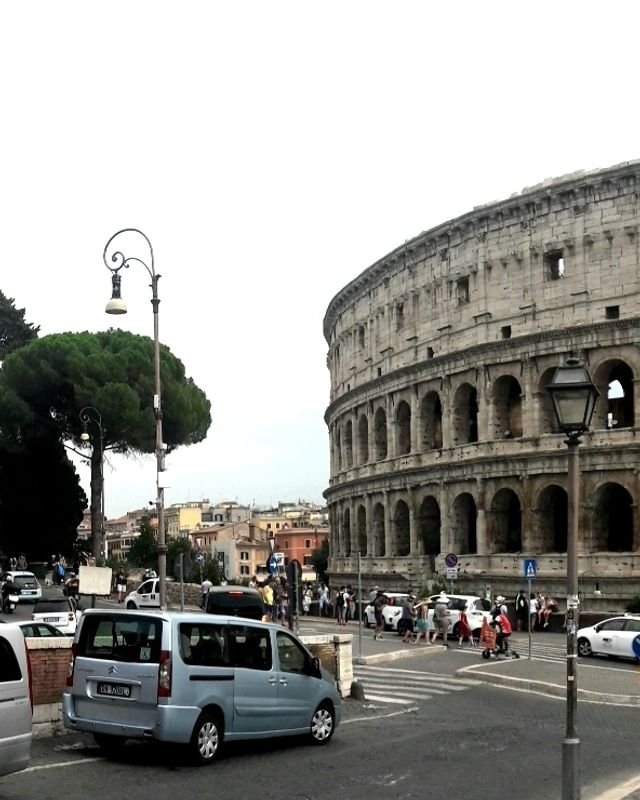Origins of the Colosseum Even after the decadent Roman emperor Nero took his own ...
... life in A.D. 68, his misrule and excesses fueled a series of civil wars. No fewer than four emperors took the throne in the tumultuous year after Nero’s death; the fourth, Vespasian, would end up ruling for 10 years (A.D. 69-79). The Flavian emperors, as Vespasian and his sons Titus (79-81) and Domitian (81-96) were known, attempted to tone down the excesses of the Roman court, restore Senate authority and promote public welfare. Around 70-72, Vespasian returned to the Roman people the lush land near the center of the city, where Nero had built an enormous palace for himself after a great fire ripped through Rome in A.D. 64. On the site of that Golden Palace, he decreed, would be built a new amphitheater where the public could enjoy gladiatorial combats and other forms of entertainment.
After nearly a decade of construction–a relatively quick time period for a project of such a grand scale–Titus officially dedicated the Colosseum in A.D. 80 with a festival including 100 days of games. A well-loved ruler, Titus had earned his people’s devotion with his handling of recovery efforts after the infamous eruption of Vesuvius in A.D. 79, which destroyed the towns of Herculaneum and Pompeii. The final stages of construction of the Colosseum were completed under the reign of Titus’ brother and successor, Domitian.
The Colosseum: A Grand Amphitheater
Measuring some 620 by 513 feet (190 by 155 meters), the Colosseum was the largest amphitheater in the Roman world. Unlike many earlier amphitheaters, which had been dug into hillsides to provide adequate support, the Colosseum was a freestanding structure made of stone and concrete. The distinctive exterior had three stories of arched entrances–a total of around 80–supported by semi-circular columns. Each story contained columns of a different order (or style): At the bottom were columns of the relatively simple Doric order, followed by Ionic and topped by the ornate Corinthian order. Located just near the main entrance to the Colosseum was the Arch of Constantine, built in A.D. 315 in honor of Constantine I’s victory over Maxentius at Pons Milvius.
Inside, the Colosseum had seating for more than 50,000 spectators, who may have been arranged according to social ranking but were most likely packed into the space like sardines in a can (judging by evidence from the seating at other Roman amphitheaters). Awnings were unfurled from the top story in order to protect the audience from the hot Roman sun as they watched gladiatorial combats, hunts, wild animal fights and larger combats such as mock naval engagements (for which the arena was flooded with water) put on at great expense. The vast majority of the combatants who fought in front of Colosseum audiences in Ancient Rome were men (though there were some female gladiators). Gladiators were generally slaves, condemned criminals or prisoners of war.
